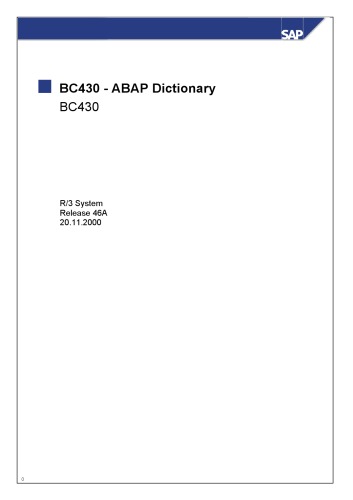- 2 402 202 книги
- Поиск
libcats.org








Duplicity theory of vision: From Newton to the present
Bjørn Stabell, Ulf StabellThe duplicity theory of vision concerns the comparisons (both differences and similarities) and interaction between the cone and rod systems in the visual pathways, with the assumption that the cone system is active during daylight vision and the rod system functions in low light (night time). Research on this aspect of vision dates back to the 17th century and the work of Newton, and is still ongoing today. This book describes the origin and development of this fundamental theory within vision research - whilst also examining the Young-Helmholtz trichromatic colour theory, and the opponent colour theory of Hering - and presents evidence and ideas in light of modern conceptions of the theory. Written for academic researchers and graduate students, the book brings back knowledge of the tradition of duplicity theory, inspiring questions related to anatomy, comparative biology, molecular biology, photochemistry, physiology, genetics, phylogenetics and psychophysics.
Скачать книгу бесплатно (pdf, 1.06 Mb)
Читать «Duplicity theory of vision: From Newton to the present»
Читать «Duplicity theory of vision: From Newton to the present»
EPUB | FB2 | MOBI | TXT | RTF
* Конвертация файла может нарушить форматирование оригинала. По-возможности скачивайте файл в оригинальном формате.
Популярные книги за неделю:

Проектирование и строительство. Дом, квартира, сад
Автор: Петер Нойферт, Автор: Людвиг Нефф
Размер книги: 20.83 Mb

Система упражнений по развитию способностей человека (Практическое пособие)
Автор: Петров Аркадий НаумовичКатегория: Путь к себе
Размер книги: 818 Kb

Сотворение мира (3-х томник)
Автор: Петров Аркадий НаумовичКатегория: Путь к себе
Размер книги: 817 Kb

Радиолюбительские схемы на ИС типа 555
Автор: Трейстер Р.Категория: Электротехника и связь
Размер книги: 13.64 Mb

Момент истины (В августе сорок четвертого...)
Автор: Богомолов Владимир ОсиповичКатегория: О войне
Размер книги: 1.83 Mb
Только что пользователи скачали эти книги:

SAP AG - Учебные курсы SAP R/3 (BC 430 ABAP Dictionary)
Автор: SAP AGКатегория: computer
Размер книги: 1.11 Mb

Steen W.M. Laser Material Processing (Springer, 1991)(K)(600dpi)(T)(275s)(ISBN 3540196706)_EO_.djvu
Автор:
Размер книги: 7.63 Mb

Opening the Dragon Gate: The Making of a Modern Taoist Wizard
Автор: Chen Kaiguo, Автор: Zheng Shunchao, Автор: Thomas F. Cleary
Размер книги: 539 Kb





